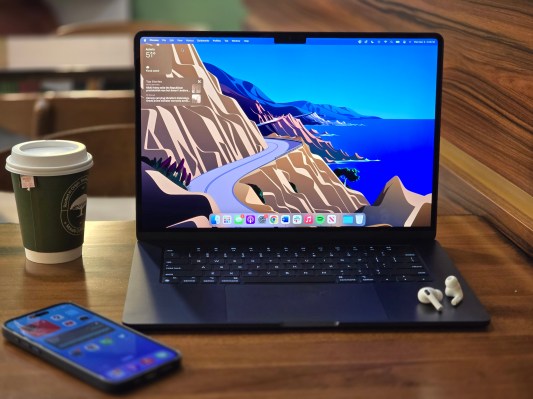Before we go any further, a question: What makes a computer an AI computer? Is it simply the ability to execute AI-powered tasks? To run LLMs locally? Is it something deeper? Is any computer that is capable of running any form of artificial intelligence/machine learning fundamentally an AI computer?
It’s a simple question on the face of it. But the truth is, we’ll probably never have a satisfying answer. Still, it’s important to calibrate as we head deeper into the year of “AI everything.”
If you’ve been playing along at home, you weren’t too surprised when Apple humbly crowned the new M3 MacBook Air as the “World’s Best Consumer Laptop for AI” in a recent press release. The qualifications “laptop” and “consumer” are primarily meant to distinguish the new notebooks from other Apple products, which one assumes are the best AI desktop and laptop, respectively.
It’s not so much that there’s anything inherent to this update that makes the new 13- and 15-inch MacBook Air an AI powerhouse, per Apple’s description. Rather, it’s the implication that the building blocks have been there the whole time — specifically in the form of the Neural Engine. This element has been a fixture of Mac silicon for years but often gets overshadowed by the CPU and GPU, which are generally easier for both consumers and reviewers to wrap their brains around.
The feature is harder to quantify in terms of real-world performance versus, say, a graphics chip but is perhaps best understood as something along the lines of a GPU targeting machine learning. It’s been clear for some time that this will be an increasingly essential aspect of day-to-day computing, a fact that the arrival of ChatGPT and its ilk has brought into sharp focus for many consumers.
So, what is an “AI laptop” anyway?

Image Credits: Brian Heater
Apple is leaning so heavily into the concept for the same reason Samsung positioned the S24 as the industry’s first “AI phone” and why Google referred to the Pixel 8 Pro as “the first smartphone with AI built in” last year: zeitgeist. These are marketing concepts to a large extent, but they’re a good barometer for where the industry’s collective head is at.
The sudden explosion of generative AI has transformed artificial intelligence from abstract and theoretical to concrete and tangible for many. Naturally, everyone wants a piece of it. You can expect Apple to lean into the notion even more heavily when the iPhone 16 launches later this year. After all, machine learning has been an important aspect of features like computational photography for some time.
As of right now, however, Apple can’t tell exactly the story it wants to tell. The company’s generative AI narrative is — at the moment — one of delayed gratification. During Apple’s most recent quarterly earnings call, Tim Cook promised “groundbreaking innovation” in the generative AI field, adding, “We continue to spend a tremendous amount of time and effort and we’re excited to share the details of our ongoing work in that space later this year.”
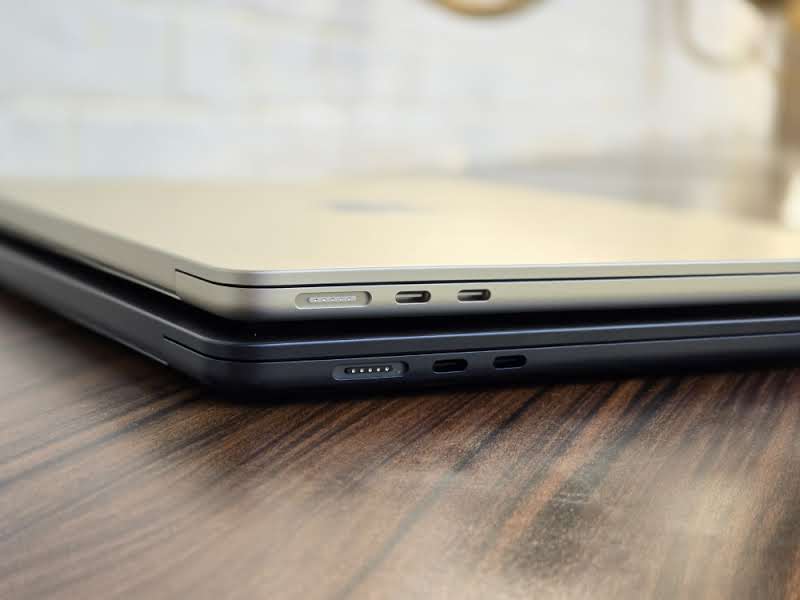
Image Credits: Brian Heater
Apple is no doubt investing boatloads into the category, even funneling members of its ill-fated automotive team into the space. Given the head start currently enjoyed by the competition, however, hardware is something Apple can point to in the here and now. Some of this also likely stems from the fact that the new Airs aren’t fundamentally new pieces of hardware. Rather, they’re refreshes with new(ish) silicon.
That’s to be expected. The Mac line has seen a LOT of change over the past four years. All of that work came together in a brilliant way with last year’s Air models. I don’t hesitate to call them the best consumer laptop Apple has ever made. Depending on where your operating system allegiances lie, it’s not a stretch to call them the best laptops for most people, full stop. They’re not perfect — sacrificing certain “Pro” features for the sake of weight and size has been a longtime feature of the line — but many or most of them are things the average consumer won’t realize are missing.
Mainstreaming the Air
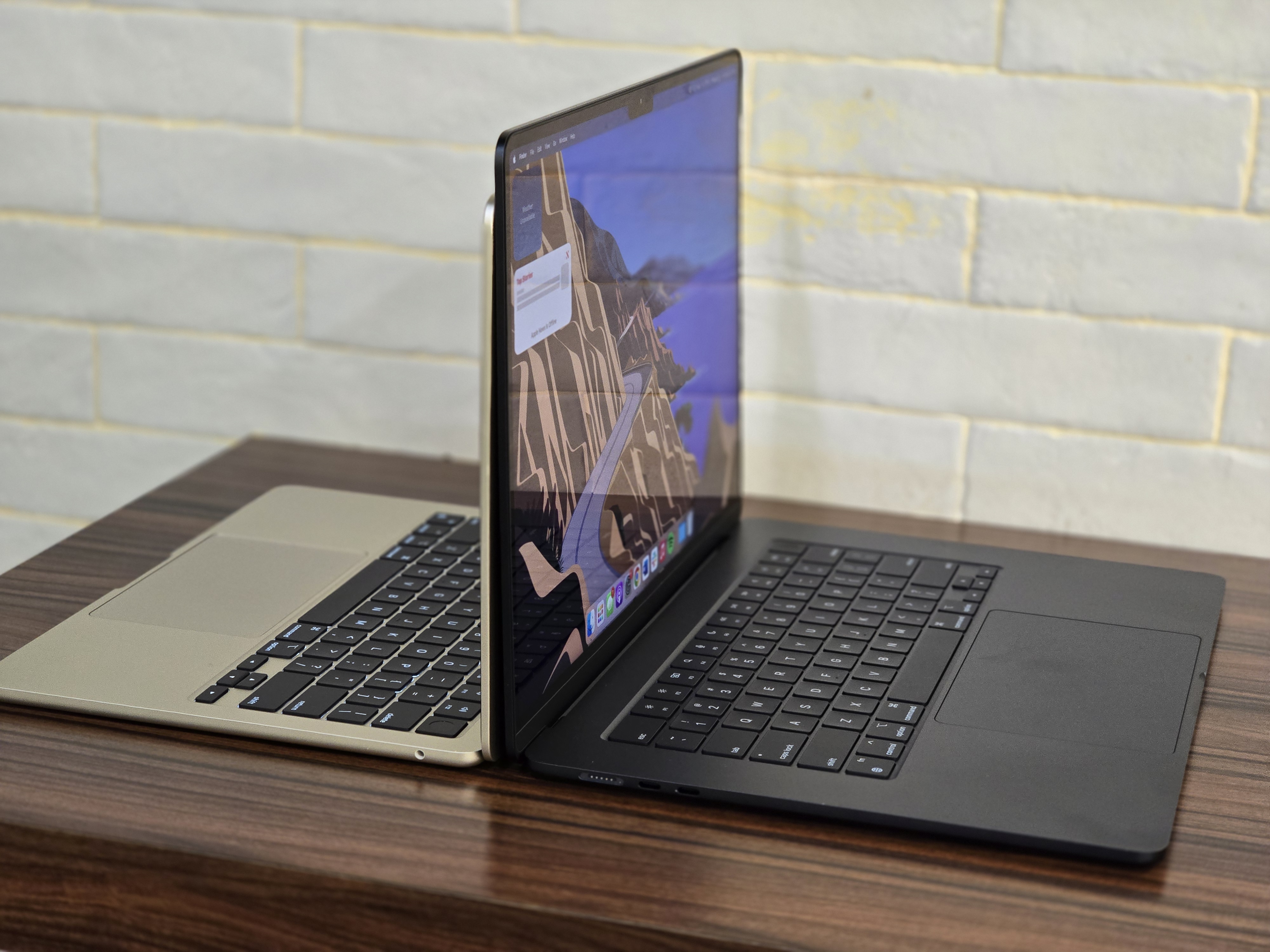
Image Credits: Brian Heater
The 2023 Air benefited greatly from Apple’s work on first-party silicon through the M line of chips, coupled with learning from past stumbles like faulty keyboards and the largely DOA Touch Bar. The end product felt like precisely the MacBook so many of us wanted for so long: lightweight and powerful, with great battery life and a reasonable (in Mac terms) price point, starting at $1,099 for the 13- and $1,299 for the 15-inch. If anything, the line has cemented the Pro as a niche product by comparison, as the Air has replaced the standard MacBook as the model for most.
As a professional writer, I consider myself to be in a fairly creative field. I record and edit podcasts every week, along with the occasional video. I get to test all sorts of laptops for this gig, and I keep coming back to the Air. Certainly my frequent work travel plays a considerable role in the tech I choose, along with some newfound degenerative back problems.
For my money, the 15-inch model gracefully balances the line between screen size and portability. At 3.3 pounds, it never felt like a burden carrying on my back all last week at Mobile World Congress and (don’t tell the Delta flight attendant), it sits comfortably in the seatback pocket.
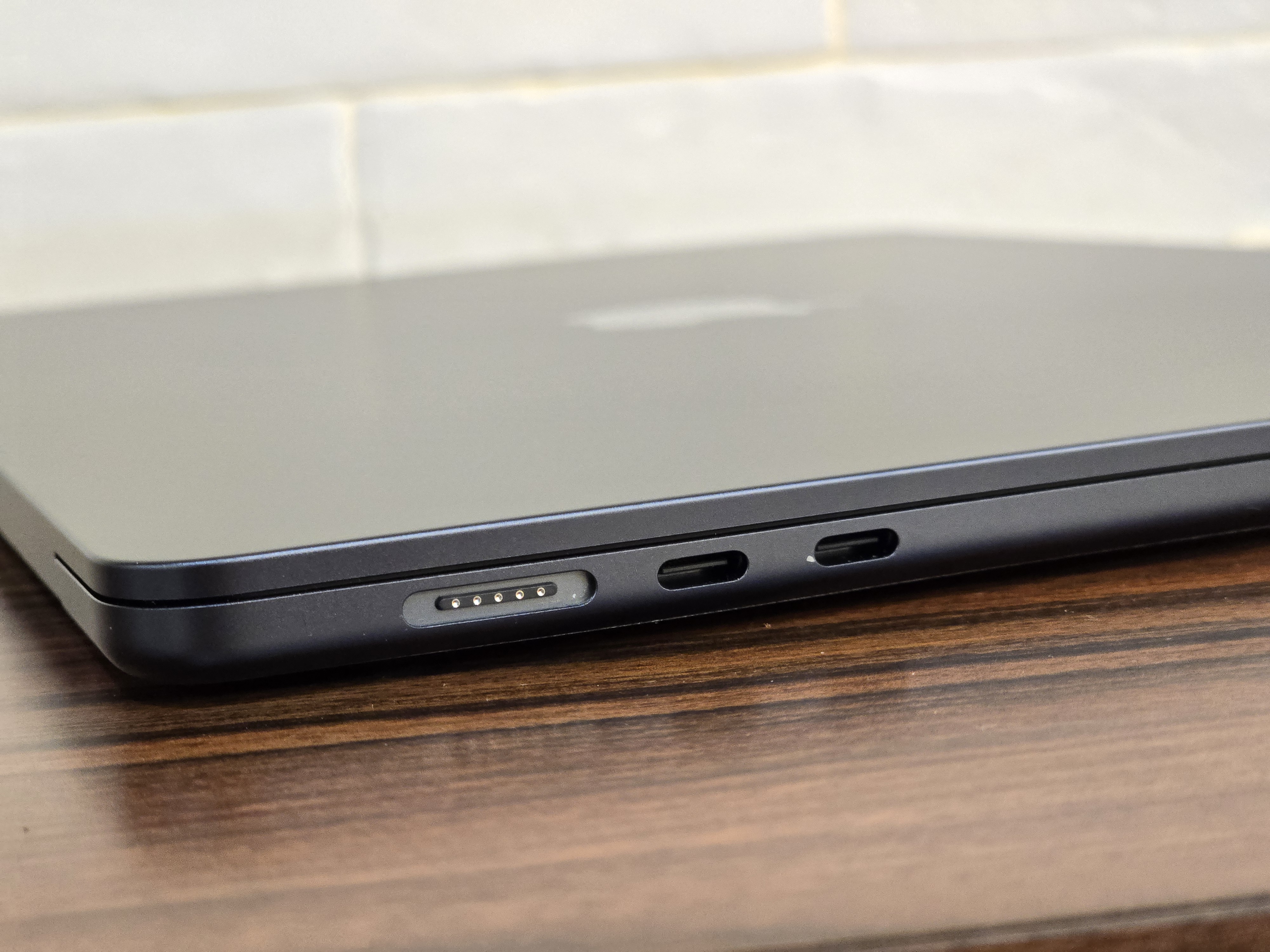
Image Credits: Brian Heater
There are really only two things that make me miss the Pro at all. The first is the port problem. Both Air models have a pair of USB-C/Thunderbolt 3 ports next to the MagSafe connector. There are times when things get bunched up over there, making me miss the 16-inch Pro’s three ports. That in itself isn’t enough to get me to switch. Nor, for that matter, are the times I miss having an SD slot. Dongles are a pain, but they’re very much part of the modern condition in Apple land. If I was constantly shooting with an SLR, however, I would likely be telling a different story.
Now, the port math changes considerably depending on your home/office setup. I’m lucky (or, perhaps, foolish) enough to have a desktop system at home. Much like the Pro models, this is probably overkill for many or most, especially when factoring in (1) cost and (2) the fact that the M3 chip has support for two external monitors.
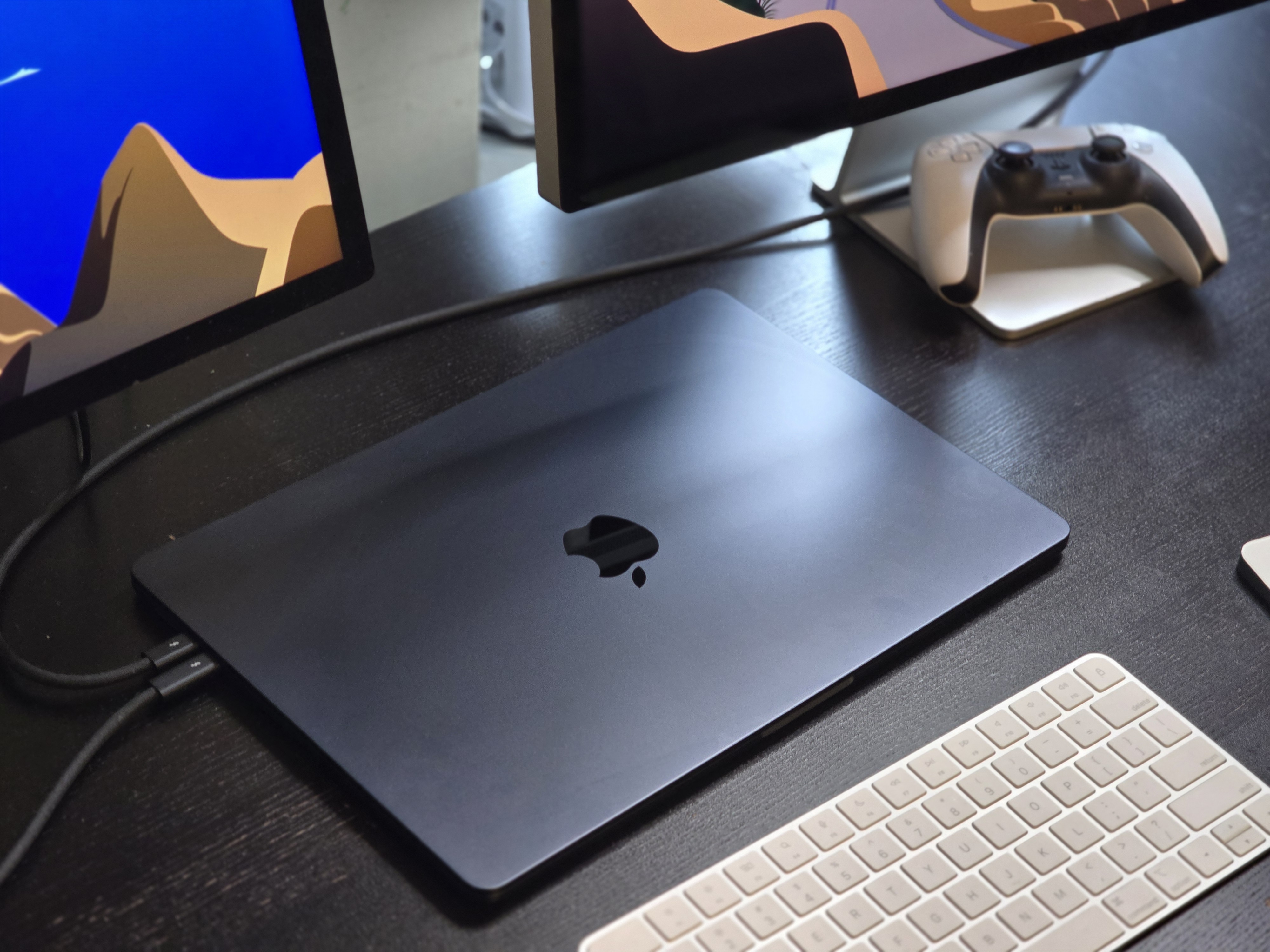
Image Credits: Brian Heater
The iPad may have eaten into Mac’s market share among more casual users, but as the laptop line has gotten more powerful, it’s supplanted the need for a devoted desktop for many. There’s great versatility in a device you can travel the world with, take home and dock into a pair of external monitors. In the case of the Studio Display, the process is as simple as connecting to the Thunderbolt port and closing the laptop hood. Not much configuration is needed beyond that, and suddenly you’ve got a ton of screen real estate and an array of freed up ports on the backs of the monitors.
Given the power and performance of even the standard M3, there really is not a compelling reason not to. This is one of the great paradoxes of Apple silicon: The more powerful it becomes at the base, the more niche the high-end devices become for most users.
The only real caveat to all of this is gaming. Apple would never have admitted it, but the $300 billion-odd industry has been an afterthought for most of the Mac’s life. In spite of an early advantage, Apple was lapped and ultimately left behind by the industry. For decades, gaming on the Mac seemed like a lost cause. If you wanted to play anything much more complicated than solitaire, you bought a Windows machine or console. This isn’t to say that Apple’s caught up by any meaningful metric (the gaming library still can’t hold a candle to Windows), but a combination of first-party silicon, Metal and development for the iPhone has, at the very least, put the company back in the conversation for those who want to move beyond mobile.
If gaming is your number one raison d’être, a Mac probably isn’t on your list. If, however, AAA gaming is a slice of your overall computer needs, you can reasonably have that itch scratched. It’s true that the macOS library still pales in comparison to Windows, but Apple has begun remedying that with some day and date releases from big-name studios.
Erring on the side of Air
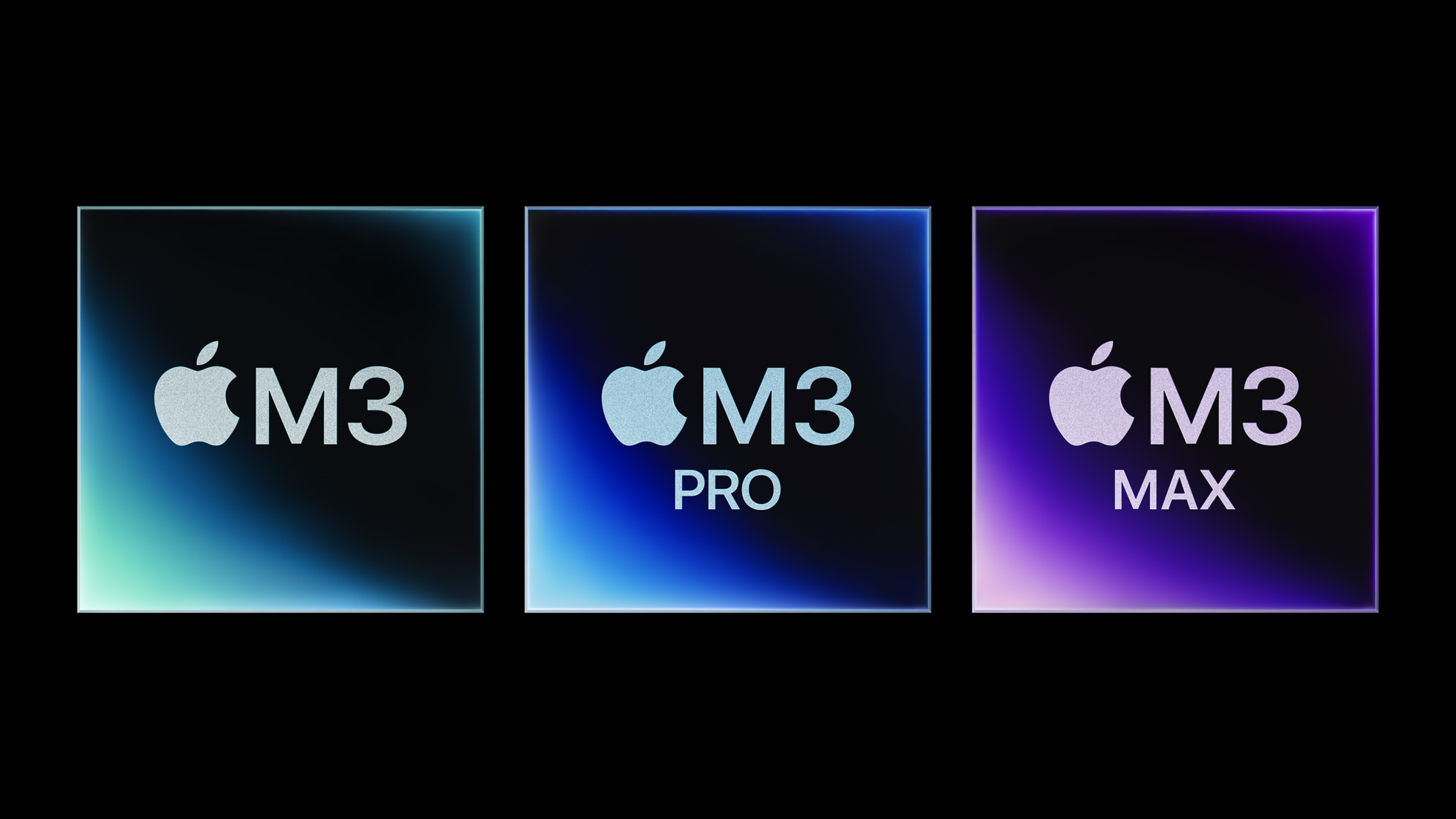
Image Credits: Apple
The M3 arrived last year as part of Apple’s “Scary Fast” (it was the day before Halloween, mind) event. The company bucked its standard silicon release cadence by introducing three versions at once: the M3, M3 Pro and M3 Max. One gets the sense that ramping up production, coupled with the ongoing supply chain issues of the past four years, has done a number on the release road map.
A refreshed 24-inch iMac was the recipient of the base M3, while new MacBook Pros got the M3, Pro and Max. The base M3 features an 8-core CPU, 8-core GPU (upgradable to 10-core) and 16-core neural engine. Both the 13- and 15-inch models have 8GB of RAM by default, configurable up to 24GB. Likewise, the 256GB of storage goes up to 2TB.
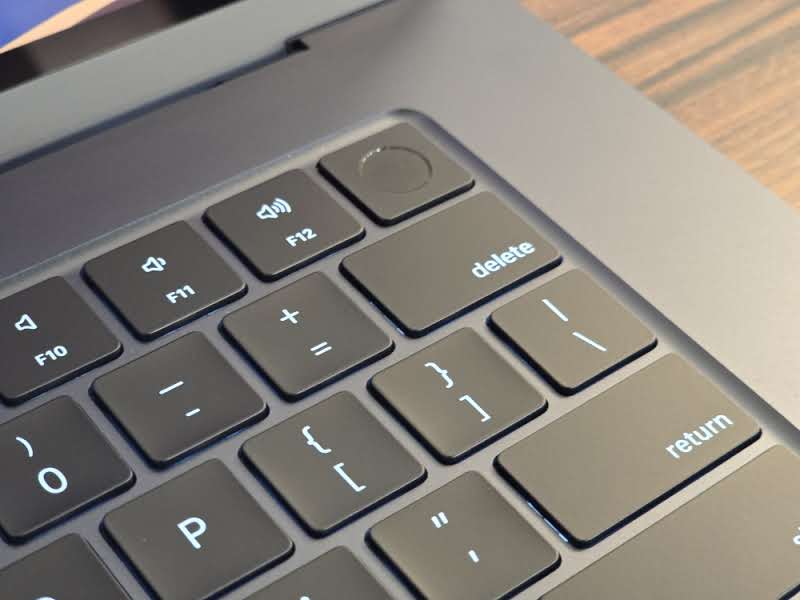
Image Credits: Brian Heater
In fact, beyond display size (technically 13.6- and 15.3-inch, respectively) and starting price, there’s not much in the way of distinction between the two machines. This much was clear last year, when the 15-inch model was announced several months after the 13-inch, sporting the same M2 chip. This joint announcement puts the two models on the same refresh cycle, where they should be.
Even more pronounced is the very narrow gulf between the base 15-inch Air and 14-inch Pro. The specs are near-identical across the board, save for stated 22 hours of battery to the Air models’ 18 hours (you have more room to navigate with a thicker, heavier machine). The Pro also sports a Liquid Retina XDR display, which packs 3024 x 1964 pixels into less screen real estate than the Air’s 2880 x 1864.
It’s hard to recommend the base Pro over the Air. The math changes if you feel the need to upgrade to the M3 Pro, however. At that point you’ll also want to factor in the fact that (somewhat ironically) the Airs are fanless, meaning there’s going to be a thermal bottleneck when you really start pushing the machine. That said, Apple loves to point out how difficult it is to trigger the fan during daily use, meaning most Air users won’t be bothered by its absence most of the time.
Still the best MacBook for most
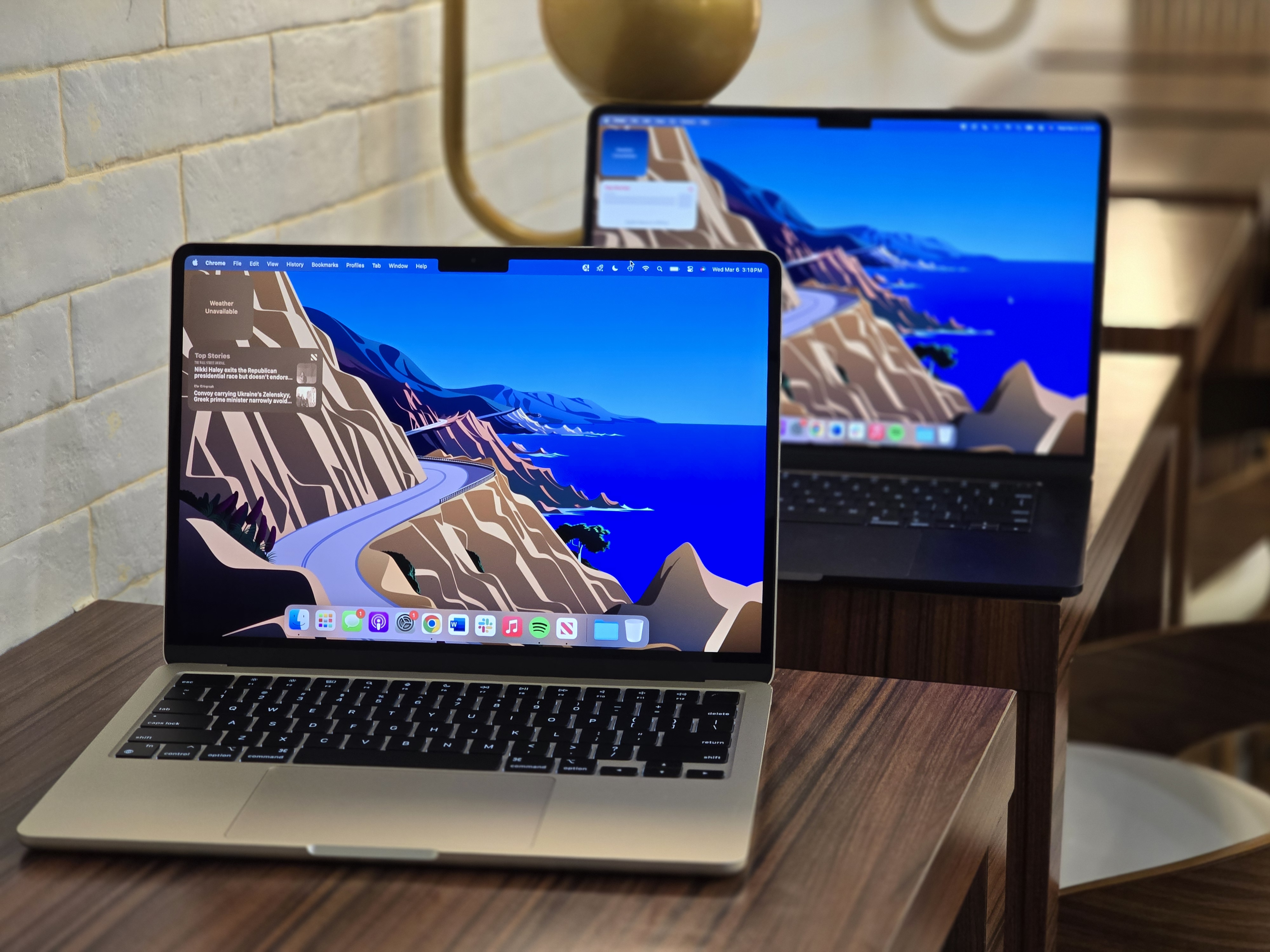
Image Credits: Brian Heater
When it arrived last year, we declared the 13-inch the best MacBook for most. Since then, it only saw a true challenger in the form of the 15-inch model, which has since become my daily driver. The Air inherited the throne of true mainstream devices from the standard MacBook, and as they’ve flourished, Pro models have increasingly shifted to the margin. The only major change here is the upgraded chip, making the 2024 model little more than a refresh.
In the world of consumer electronics, that’s to be expected. Apple created the best-ever MacBook with the 2023 Air. It was a perfect storm of powerful silicon, great industrial design and lessons learned from recent hardware stumbles. Given all that, it’s ultimately for the best that the company stuck to the formula here. As for the whole “World’s Best Consumer Laptop for AI” bit — that’s pure marketing. Intel made the same claim at the end of last year with its new Meteor Lake chips.
As far as generative AI’s current consumer reach, most modern laptops and phones are — at very least — serviceable. For now, the conversation largely centers on future-proofing systems for the great leaps to come. It’s certainly something top of mind for Apple, as the company looks to make its first major announcements on the subject later this year (June’s WWDC seems as good a time as any).
Great strides have been made in bringing generative AI to consumers. The day-to-day usefulness of such platforms is another question entirely, but getting the most out of them will require capable machines, and the new Airs fit the bill. There’s novelty in the ability to run large language models (LLMs) locally, though most consumers will continue to rely on cloud-based processing when they use these models.
Programmers who really want to dive in will likely be eyeing Pro models and other high-end machines. For most consumers, however, the Air continues to be the best MacBook — and it’s not even close.
